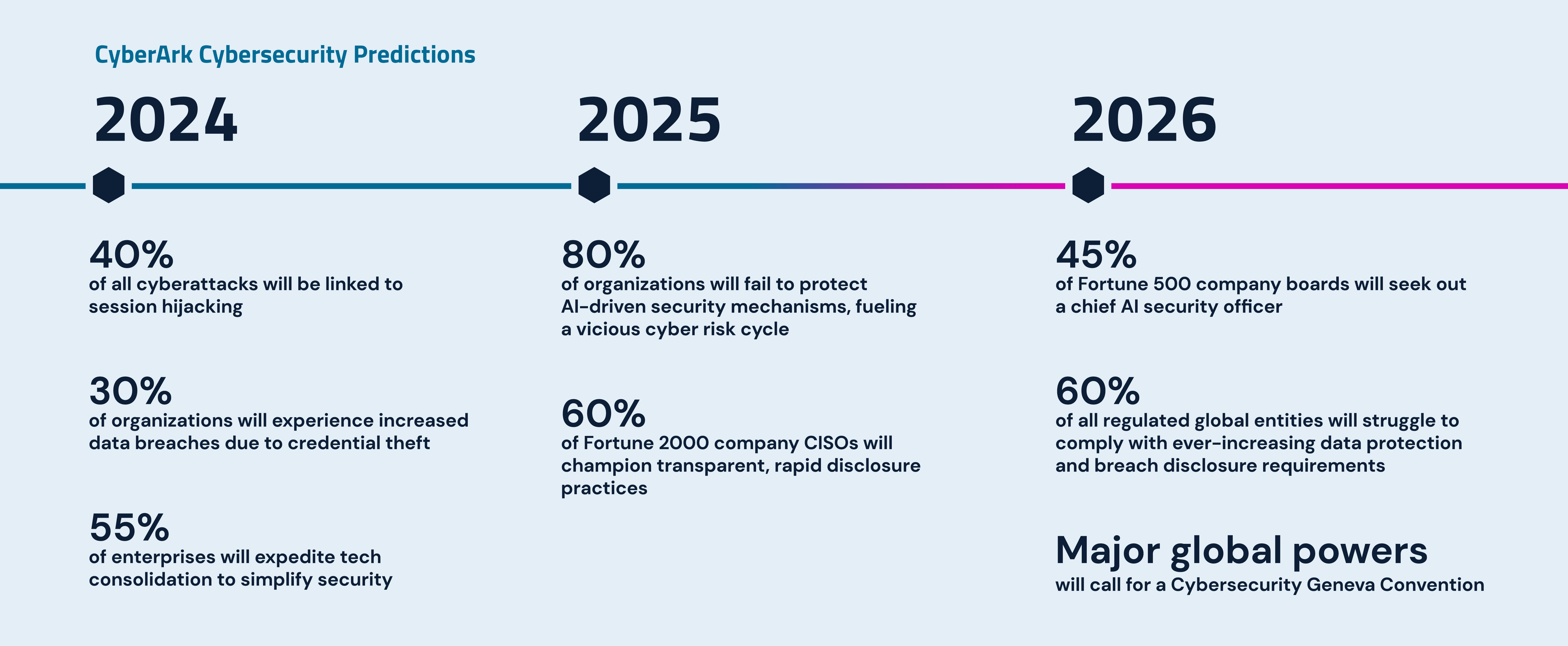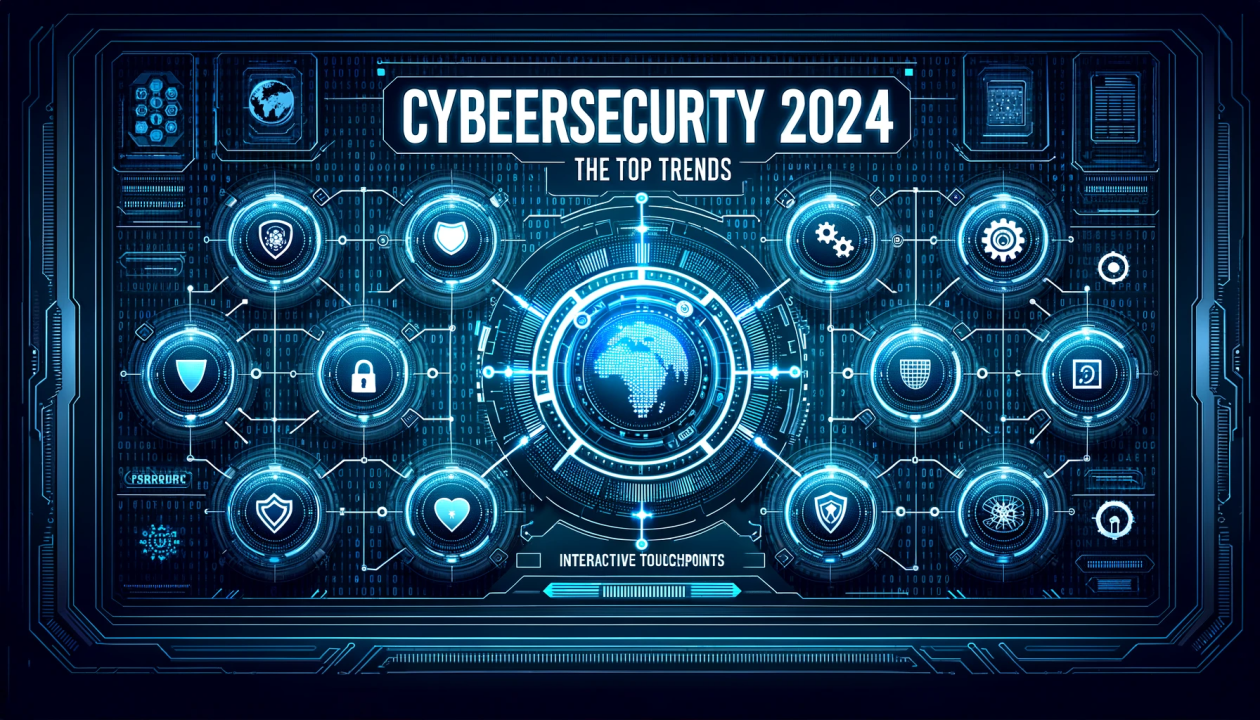Explore the rapidly evolving cybersecurity landscape in 2024, where businesses and organizations face unprecedented cyber threats. In this article, we delve into the latest industry trends, cutting-edge solutions, and best practices to safeguard digital assets. Stay informed about key considerations and emerging technologies that are shaping the future of cybersecurity. As we compare cybersecurity solutions in 2024, we aim to provide valuable insights for navigating the complex cybersecurity ecosystem. Get ready to stay ahead of the curve with our in-depth analysis and expert predictions.

Deep Dive into the Cybersecurity Landscape 2024
Evolving Threat Landscape and Emerging Cyber Threats
In 2024, the Cybersecurity Landscape 2024 is marked by sophisticated threats like AI-driven attacks and quantum computing risks. Cybercriminals continuously adapt tactics, requiring robust defense strategies to safeguard against data breaches and ransomware. Vigilance and advanced threat intelligence become paramount in staying ahead of evolving cyber threats.
Key Industry Trends and Predictions
Technological advancements predict a surge in IoT vulnerabilities and cloud security challenges in Cybersecurity Landscape 2024. Zero-trust frameworks, AI-driven security analytics, and decentralized identity management are poised to redefine cybersecurity methodologies. Adaptation to these trends is crucial for fortifying digital defenses amidst the dynamic threat landscape.
Proactive and Comprehensive Cybersecurity Measures
In 2024, organizations must embrace a proactive approach by integrating threat hunting, automated incident response, and continuous security monitoring. Comprehensive cybersecurity measures encompass not only robust software solutions but also extensive employee training and awareness programs. A holistic defense strategy is essential to mitigate cybersecurity risks effectively.
Impact of Regulations and Compliance
Regulations like GDPR and CCPA significantly influence cybersecurity strategies in 2024, imposing stringent data protection and privacy requirements. Compliance mandates necessitate organizations to implement robust security controls, encryption mechanisms, and regular audits. Aligning cybersecurity practices with regulatory standards becomes imperative to avoid severe financial and reputational consequences.

Understanding Key Considerations in Evaluating Cybersecurity Solutions
Defining Organizational Cybersecurity Goals and Objectives
Establishing clear cybersecurity goals aligns strategies with business objectives. Identifying protection needs helps tailor solutions effectively for risk mitigation. Ensuring synergy between security measures and organizational goals enhances overall cybersecurity efficacy for safeguarding against evolving threats in Cybersecurity Landscape 2024.
Identifying Critical Assets and Potential Vulnerabilities
Prioritizing asset protection begins with recognizing valuable data and systems. Conducting robust vulnerability assessments pinpoints weak points for strategic defenses. Understanding asset value and susceptibility aids in creating targeted security measures to fortify defenses effectively in Cybersecurity Landscape 2024.
Assessing Solution Capabilities: Detection, Prevention, and Response
Evaluating cybersecurity solutions includes assessing their ability to detect, prevent, and respond to threats swiftly. Robust detection mechanisms, proactive prevention measures, and agile response strategies are essential. Seamless integration of these capabilities ensures a comprehensive defense strategy in the dynamic Cybersecurity Landscape 2024.
Evaluating Vendor Reputation, Support, and Industry Expertise
Vendor credibility and experience play a pivotal role in selecting cybersecurity solutions. Reliable support services and demonstrated industry expertise contribute to effective solution implementation. Trustworthy vendors with proven track records bolster confidence in navigating the intricate Cybersecurity Landscape 2024 with resilient security measures.

Exploring the Top Cybersecurity Solutions of 2024
Overview of Top Solutions
In the Cybersecurity Landscape 2024, leading solutions like advanced endpoint protection, cloud security platforms, and AI-driven threat intelligence stand out. These cutting-edge tools offer robust defenses against evolving cyber threats, securing networks, data, and endpoints.
Comparative Analysis
When evaluating cybersecurity solutions, factors like features, pricing models, and deployment flexibility play a crucial role. Comparing solutions based on scalability, integration capabilities, and real-time threat detection helps organizations make informed decisions aligning with their specific security needs.
Real-World Insights
Case studies and customer reviews provide invaluable perspectives on how cybersecurity solutions perform in practical scenarios. By analyzing use cases across industries, decision-makers gain actionable insights into the effectiveness, ease of implementation, and long-term benefits of different security solutions.
Strengths and Weaknesses
Understanding the strengths and weaknesses of each cybersecurity solution is vital for making strategic choices. While some solutions excel in proactive threat detection, others might offer seamless user experience or stronger compliance features. Balancing these aspects is key to selecting a solution that best aligns with organizational objectives.

Anticipated Trends and Challenges in Cybersecurity Landscape 2024
Anticipated Cybersecurity Threats and Challenges
Cybersecurity Landscape 2024 is poised to encounter sophisticated ransomware attacks, AI-powered cyber threats, and quantum computing vulnerabilities. With the rise of interconnected devices, IoT security loopholes may escalate. A critical concern lies in defending against supply chain attacks and ensuring robust data privacy amidst stringent regulatory landscapes.
Role of Technology and Innovation in Shaping Cybersecurity
Innovations like AI and machine learning will bolster threat detection capabilities, but adversaries might exploit the same technologies for advanced attacks. Quantum encryption presents a promising solution, yet its implementation challenges persist. Automation will streamline security operations, with biometric authentication and zero-trust architectures gaining traction for enhanced protection.
Impact of Geopolitical Factors on Cybersecurity
Geopolitical tensions and regulatory disparities will complicate cross-border data management and incident response. Stricter data localization laws could hinder information sharing, while state-sponsored cyber warfare raises the stakes. Collaborative international efforts and standardized cybersecurity frameworks will be vital to mitigate global cyber threats effectively.
Emerging Trends and Best Practices for Cyber Resilience
Continuous security awareness training for employees, proactive threat hunting, and zero-day vulnerability management will be imperative. Enhanced focus on cloud security, DevSecOps integration, and incident response readiness will be crucial. Embracing AI-driven security orchestration and unified threat intelligence platforms will be pivotal in fortifying defenses against evolving cyber risks.

